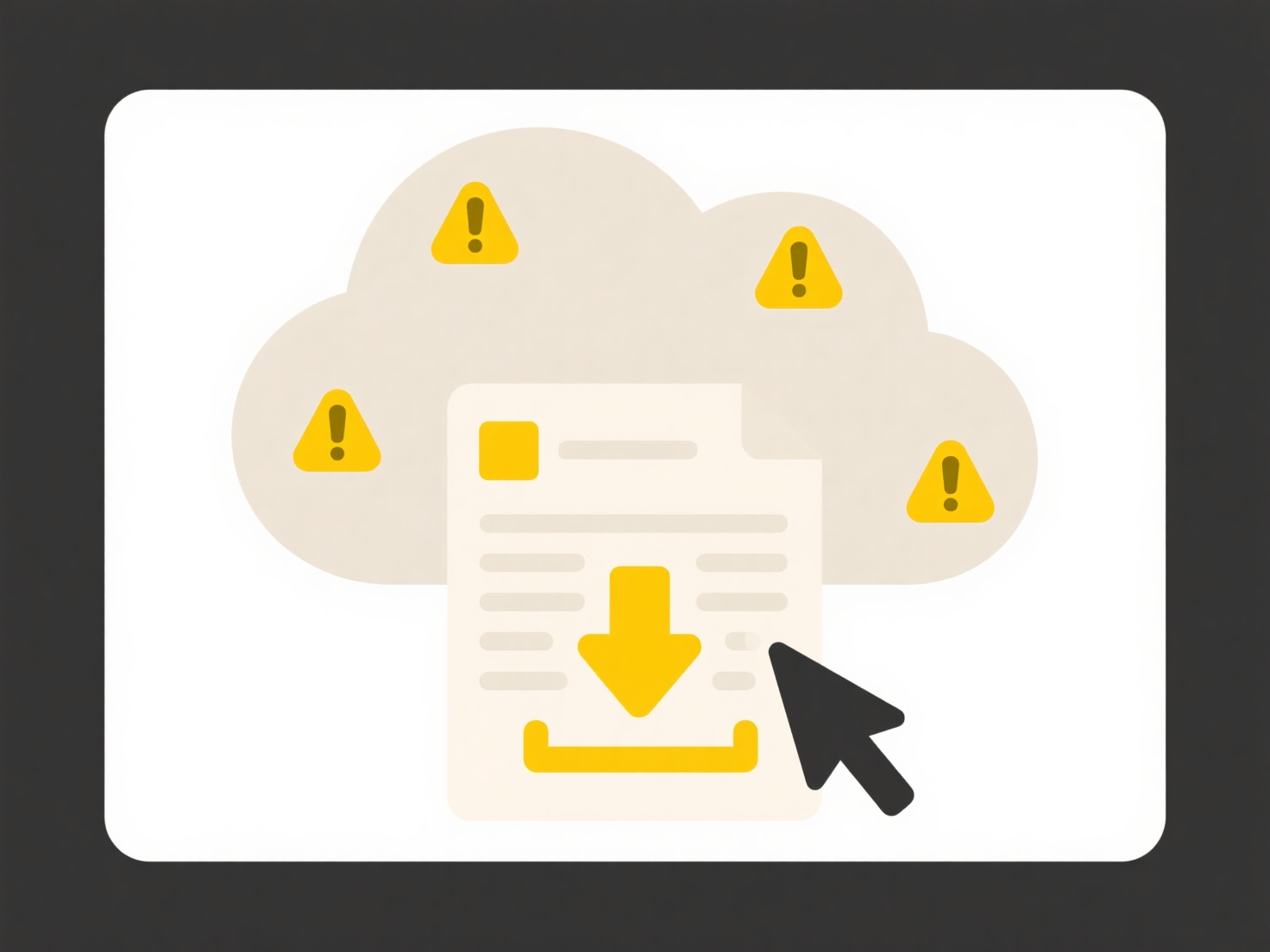
Quarantining suspicious shared file activity isolates risky interactions within shared storage environments, such as corporate drives or cloud storage platforms, without deleting the file itself. Instead of blocking access completely like simple detection might, it specifically restricts further interactions (like viewing, editing, or downloading) associated with the suspicious activity, containing potential threats like ransomware spread or data exfiltration. This differs from merely alerting on activity by actively preventing its continuation.

For example, a security platform detecting unusual mass file encryption attempts by one user account against patient records in a healthcare system might instantly quarantine all file activity linked to that user on those specific folders. Similarly, in a financial firm, a system could quarantine the download activity flagged by Data Loss Prevention (DLP) tools when an employee attempts to transfer numerous confidential client contracts to a personal cloud account.
This containment offers significant advantages by stopping active threats quickly and minimizing damage. However, limitations include possible false positives temporarily disrupting legitimate work and reliance on accurate detection systems. Ethically, organizations must balance security with user productivity and privacy. Future enhancements focus on integrating deeper context and automation to refine quarantines, enabling faster responses with less disruption as the technology evolves.
Can I quarantine suspicious shared file activity?
Quarantining suspicious shared file activity isolates risky interactions within shared storage environments, such as corporate drives or cloud storage platforms, without deleting the file itself. Instead of blocking access completely like simple detection might, it specifically restricts further interactions (like viewing, editing, or downloading) associated with the suspicious activity, containing potential threats like ransomware spread or data exfiltration. This differs from merely alerting on activity by actively preventing its continuation.

For example, a security platform detecting unusual mass file encryption attempts by one user account against patient records in a healthcare system might instantly quarantine all file activity linked to that user on those specific folders. Similarly, in a financial firm, a system could quarantine the download activity flagged by Data Loss Prevention (DLP) tools when an employee attempts to transfer numerous confidential client contracts to a personal cloud account.
This containment offers significant advantages by stopping active threats quickly and minimizing damage. However, limitations include possible false positives temporarily disrupting legitimate work and reliance on accurate detection systems. Ethically, organizations must balance security with user productivity and privacy. Future enhancements focus on integrating deeper context and automation to refine quarantines, enabling faster responses with less disruption as the technology evolves.
Related Recommendations
Quick Article Links
Can I recover an earlier version of a cloud file?
Recovering an earlier version of a cloud file means accessing and restoring a previous state of that document or file st...
How do I audit duplicates in a content management system?
Auditing duplicates in a content management system (CMS) involves systematically identifying and managing redundant copi...
Why won’t my browser display a .svg file correctly?
SVG files are Scalable Vector Graphics defined using XML markup. Unlike static formats like JPG or PNG, SVGs render shap...